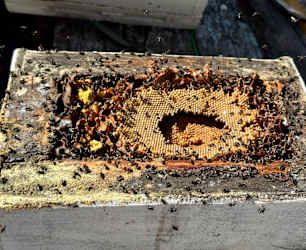There’s no such thing as a freak wave, writes Rob Brander
There’s been a lot of talk about freak waves lately, particularly in regards to some of the tragic incidents involving rock fishers being swept off rock platforms and beloved locals being injured on the rocks.
Whenever these incidents happen, it’s inevitably attributed to a ‘freak wave’. The thing is, there’s no such thing as a freak wave. It’s a very misleading term.
Freak, or ‘rogue’, waves are unexpectedly large waves that seemingly appear out of nowhere, but there’s logical explanations about why they occur.
Mostly it comes down to constructive interference. It’s not hard to imagine that many different wave ‘trains’, formed by distant storms, travel across the ocean from various directions. When the different wave trains intersect, they merge and if their crests align, they can form a larger wave. So every now and then, you can get a random wave that’s larger than the rest. In the middle of the ocean, they can sometimes flip boats and damage oil rigs.
However, you tend to get more ‘freak’ waves when there are messy and chaotic conditions, such as during storms. But these conditions are also common near rock platforms and rocks. Rocky coastlines are very irregular in shape and reflect wave energy back offshore. When a reflected wave interacts with an incoming wave, it forms a larger wave. This combination of constructive interference and wave reflection is happening next to rock platforms all the time and when you factor in wave sets (groups of larger waves) arriving at random times, then rock platforms become dangerous places to be.
So I was horrified a month or so ago to see a bunch of local kids (including my own!) playing on the rock platform at Coalcliff during a Hazardous Surf Warning issued by the Bureau of Meteorology!
I got them out of there quick, as it was a disaster waiting to happen no matter how ‘careful’ they told me they were being. The Figure 8 Pools in the Royal National Park is another example. I went there one weekend recently (first time since it became a social media destination – it ain’t what it used to be!) only to find a carnage of damaged limbs and bleeding wounds.
Some time before we arrived – at low tide as you are meant to – a ‘freak’ wave had overtopped the rock platform sending all those standing near the edge skidding across the platform getting shredded. Unfortunately, I don’t think the warning signs have deterred anyone from getting their Instagram shot.
From a safety perspective, the key words when it comes to ‘freak’ waves are that they are random and unexpected. You can’t predict them, but you should always be aware that they can occur under any conditions. When it comes to rocks near the ocean edge, always expect the unexpected, no matter how experienced you are.






